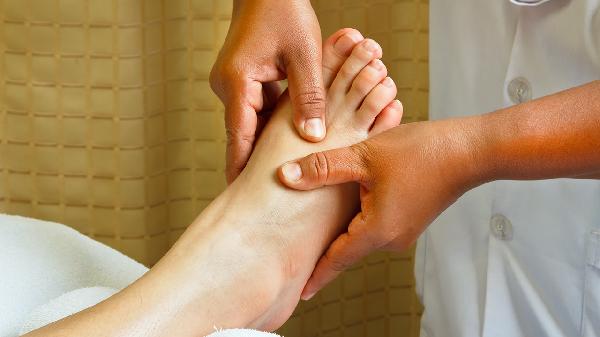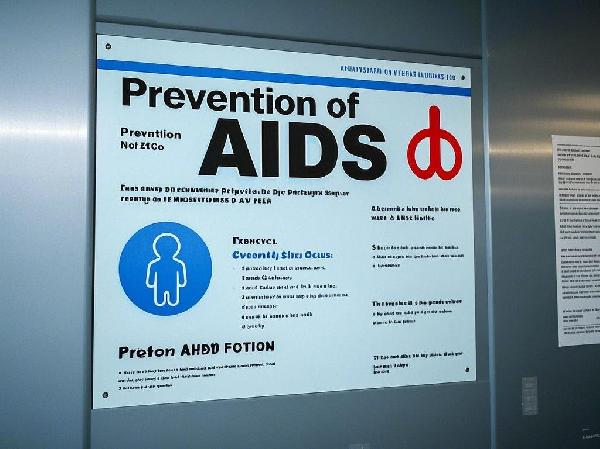Let's cut to the chase—what turns a woman on isn't some mysterious secret locked away in a vault. It's a mix of biology, psychology, and yes, a little bit of magic (but mostly science). While pop culture loves to oversimplify female desire, the reality is far more fascinating. Women’s arousal isn’t just about physical touch; it’s a full-body, full-mind experience where context, emotion, and even day-to-day stress levels play starring roles. So if you’ve been relying on outdated playbooks, buckle up—we’re diving into the real deal.

Forget what you’ve heard—arousal starts between the ears, not between the legs. A woman’s brain is the VIP lounge where desire gets the green light (or gets ghosted). Studies show that emotional connection, anticipation, and mental stimulation are often bigger turn-ons than physical cues alone. Ever noticed how a great conversation or a lingering glance can spark more heat than a clumsy grope? That’s the prefrontal cortex doing its thing. Stress, distractions, or feeling undervalued? Instant buzzkill. The takeaway? Foreplay isn’t just a pre-game; it’s the whole damn tournament.
Here’s a plot twist: feeling emotionally secure is low-key one of the sexiest things for women. A University of Texas study found that women with partners who actively listen, validate their feelings, and share emotional labor report higher sexual desire. Why? Because anxiety and resentment are the ultimate libido assassins. When a woman feels seen and appreciated, her body is way more likely to respond. So yeah, taking out the trash without being asked might just be the new lingerie.
Contrary to the "spice things up with random acrobatics" advice, novelty for women often leans more psychological than physical. A shared laugh, trying something new together (even non-sexual, like a cooking class), or breaking routine can trigger dopamine—the "hell yes" neurotransmitter. Predictability isn’t always bad, but the brain craves fresh stimuli. The key? Focus on shared experiences over performative theatrics. Surprise her with concert tickets, not just a new position.
Newsflash: the entire body is an erogenous zone when the mind’s on board. Light touches on the back of the neck, tracing fingers along the inner arm, or even a hand resting on the lower back can fire up nerve pathways way before the "main event." Research from the Kinsey Institute highlights that non-genital touch increases arousal because it builds anticipation—think of it as the slow burn before the fireworks. Rushing past this? You’re leaving pleasure points on the table.
Confidence is magnetic; arrogance is a cold shower. Women pick up on the distinction fast. True confidence is about presence—being attuned to her cues, owning your strengths without grandstanding, and embracing vulnerability. A study in the Journal of Social and Personal Relationships found that humility in men correlates with higher partner satisfaction. So drop the peacocking. Authenticity? Now that’s hot.
Let’s talk about the elephant in the bedroom: women orgasm less frequently during sex than men, and it’s not because they’re "complicated." Biology plays a role (clitoral stimulation often gets sidelined), but so does communication. A University of Pennsylvania study revealed that women who feel comfortable voicing their needs have more fulfilling sex lives. Moral of the story? Ask, listen, and ditch the assumption that what worked for your ex will work for her. Every woman’s pleasure blueprint is unique.
At the end of the day, turning a woman on isn’t about cheesy lines or gimmicks—it’s about understanding that her desire is as dynamic as she is. It’s the sum of feeling valued, engaged, and utterly present in the moment. So next time you’re tempted to rely on old tropes, remember: the best aphrodisiacs are often the simplest—attention, respect, and a genuine connection. Now go forth and prioritize pleasure (hers included).
























